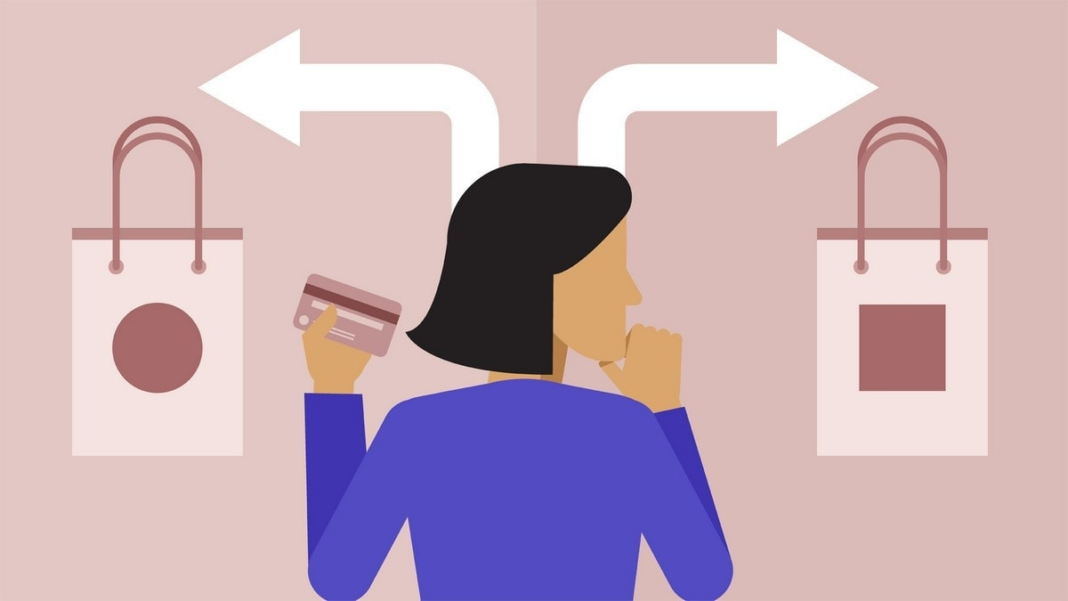There’s a reason why companies spend billions of dollars on advertising each year – it works. But what is it that makes advertising so effective? The answer lies in the science of consumer behavior. By understanding how and why people make purchasing decisions, businesses can create campaigns that are more likely to result in sales. Let’s examine its basics and explain why it is such an important topic for brands and companies.
1. What Is Consumer Behavior?
It refers to the actions individuals take when making a purchase. That includes everything from the initial decision to buy a product or service to the final purchase. But why do people make the decisions they do when it comes to spending their money? That’s where things get interesting.
2. Why Is It Important?
Companies need to understand these behaviors because it helps them to make prudent decisions regarding everything from product development to marketing and sales. Consumer behavioral research can help a company determine what motivates consumers, influences their purchase decisions, and how they use and dispose of products.
This information is essential for developing effective marketing campaigns, designing products that meet customer needs, and creating sustainable business practices. Additionally, understanding it can help businesses identify new growth and expansion opportunities.
3. What Factors Influence Customer Behavior?
Several factors can influence it—some of the most important includes.
Perceptions
People’s perceptions of a product or service can greatly impact their purchasing decisions. People who perceive a product as high quality are more likely to buy it. On the other hand, if people perceive a product to be of low quality, they are less likely to buy it.
Attitudes
People’s attitudes towards a product or service can influence their purchasing decisions. For example, someone with a positive attitude towards a particular brand is more likely to buy that brand’s products.
Beliefs
People’s beliefs can also play a role in their purchasing decisions. For example, if someone believes a particular product is good for their health, they are more likely to buy it.
Values
People’s values can also influence their purchasing decisions. For example, if someone values environmental protection, they may be more likely to purchase environmentally friendly products.
4. What Are the Stages Of Consumer Behavior?
The consumer decision-making process typically consists of four different stages:
Need recognition
The first stage of consumer decision-making is need recognition. That is when people become aware of a problem or need. For example, someone may recognize that they need a new pair of shoes because their current pair is starting to fall apart.
Information search
The second stage of the consumer decision-making process is information search. That is when people start to look for information about potential solutions to their problem or need. For example, someone may start researching different brands of shoes online to find the best option for them.
Evaluation of alternatives
The third stage of the consumer decision-making process is the evaluation of alternatives. It is when people compare different products or services to decide which one is best for them. For example, someone may compare the prices and features of different pairs of shoes before making a final decision.
Purchase decision
The fourth and final stage of the consumer decision-making process is the purchase decision. That is when people decide to buy a product or service. For example, someone may buy a pair of shoes from a particular store after considering all the different factors involved.
5. Common Mistakes Businesses Make Regarding Consumer Behaviour?
One of the most common mistakes businesses make is failing to understand the importance of need recognition. People who don’t recognize needing a particular product or service will never start looking for information about it. Businesses need to ensure that their marketing and advertising campaigns are designed in such a way that they will trigger need recognition in potential customers.
Another common mistake businesses make failing to understand perceived risks and benefits’ role in consumer decision-making. People often weigh the risks and benefits of a particular product or service before making a purchase decision. If businesses don’t consider this, they may end up designing ineffective marketing campaigns.
Conclusion
A company’s ability to succeed in the marketplace and stay ahead of the competition depends on its understanding of consumer behavior. Businesses must also be aware of the different stages of the consumer decision-making process. By understanding what motivates consumers to make purchasing decisions, businesses can develop strategies to influence those decisions.
